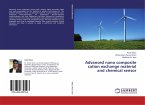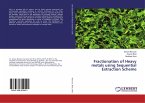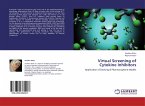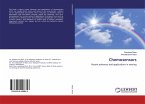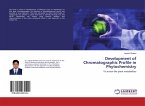Fluorescence based oxygen sensors which used to be just an academic challenge, have been won shares in medical technology, biotechnology, environmental and food technology markets. They are based on phenomenon that the fluorescence of certain dyes depends on oxygen concentration of their environment. This book describes an innovated technique to measure both temperature and oxygen concentration with temperature compensated. To measure these two parameters is necessary to determine the luminescence decay time. This can be calculating by time domain and frequency domain techniques. With the fusion of these two methods is possible discriminate the luminescence of the oxygen sensitive dye and the temperature sensitive dye. The present study proves that employing both time and frequency domain techniques, the individual lifetime of two luminophores can be measured without using complicated optics. The discrimination is possible even if the emission spectra of both dyes completely overlap one another. Two independent mathematical models were found to translate the lifetime measured to the actual temperature and oxygen concentration temperature correction.
Hinweis: Dieser Artikel kann nur an eine deutsche Lieferadresse ausgeliefert werden.
Hinweis: Dieser Artikel kann nur an eine deutsche Lieferadresse ausgeliefert werden.


